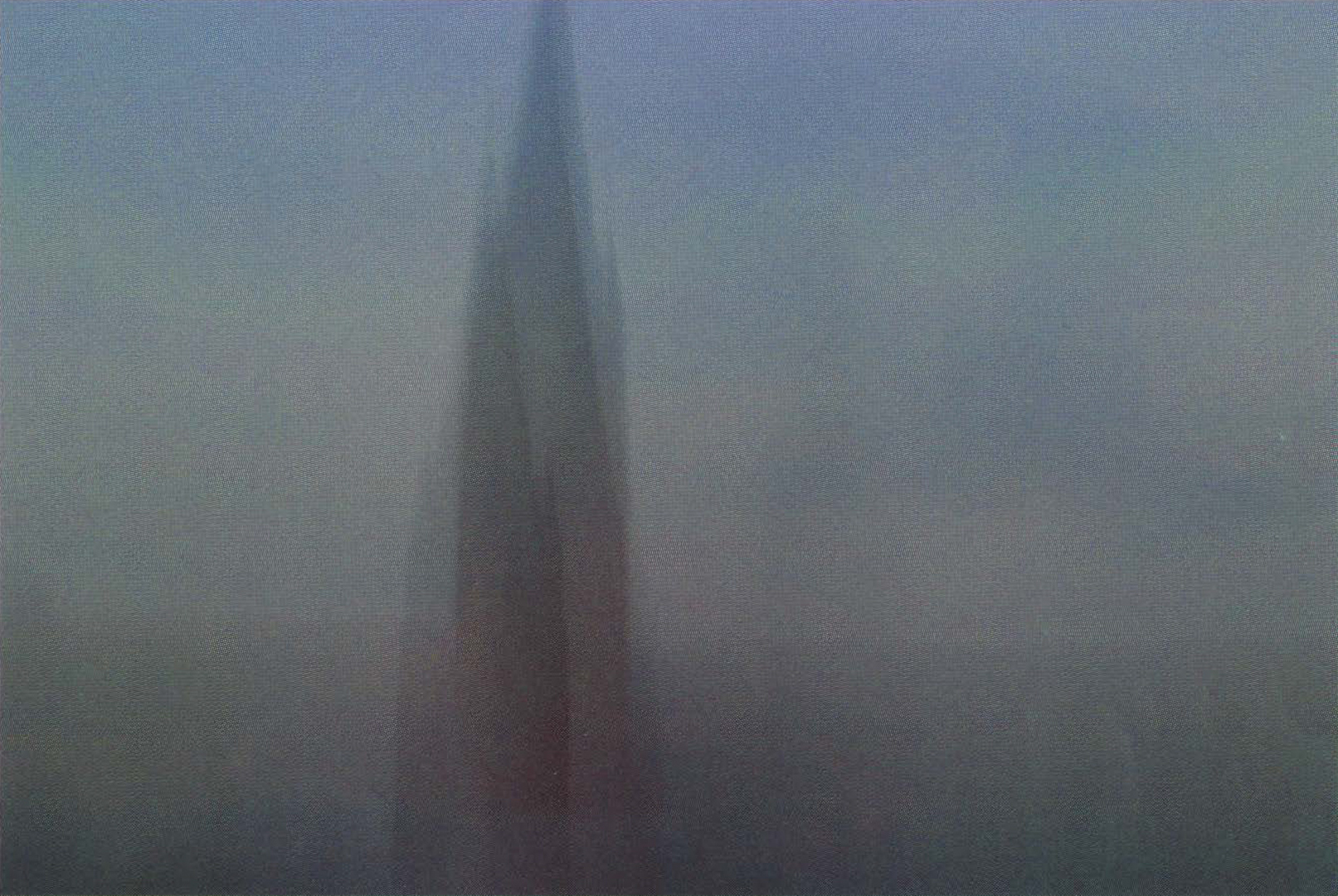Steffi Beckhaus: Eyes in Motion
Artist(s):
Title:
- Eyes in Motion
Exhibition:
Creation Year:
- 2004
Medium:
- Photographic paper
Size:
- 60 centimeters x 40 centimeters
Category:
Artist Statement:
Even though we observe our static surroundings as being still, the visual information we perceive is highly dynamic. Unless we are physically fixed to the world, our body, and with this also our sensory systems, is constantly in motion. Small changes in our eye positions (saccadic eye motion) or larger motion (head or full-body motion) help form a 3D image of our world. Despite this motion, we perceive fixed points in the environment as static. Our brain takes information from the sensory systems, integrates it over time, and forms an image or representation of the world around us. And, in our desire for a predictable environment, we then experience the moon as a static benchmark and the horizon as stable, even though the image in front of our eyes moves frantically. But what does the unfiltered information received by our eyes look like? And how would we perceive this information if it were presented as such? To explore this, an image of a scene was taken over a period of time and with the eye (the camera) in motion. This image shows a church in Bonn-Beuel at 4 am. The camera, representing the eye in motion, is moved while taking the picture. In the resulting image, the outline of the building is blurred. At the same time, the atmosphere, the silence and tranquility of this early morning moment, appears in the image and becomes its major focus. Compared to traditional pictures, less pictorial information but strong atmospheric information is captured in this photograph. This integrated view on our environment might be one of the many possible views further processed by our brain, potentially even contributing to the generation of emotions.
Technical Information:
This work was recorded by a digital camera (Canon 1 OD) and slightly color modified (Photoshop). Except for those modifications, it is the original image as recorded by the hand-held camera over a period of -2s.





